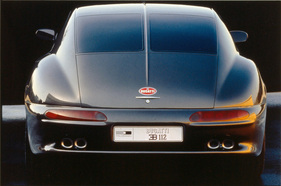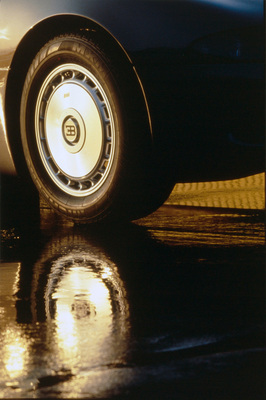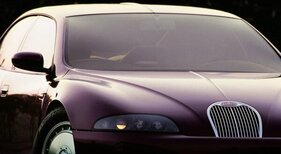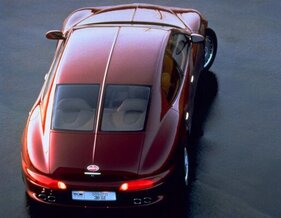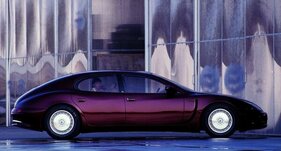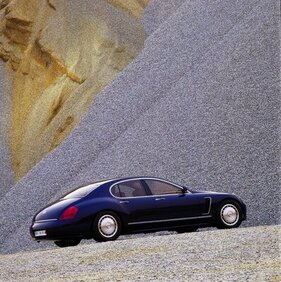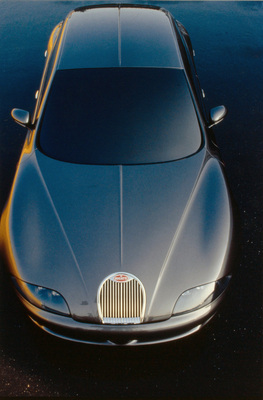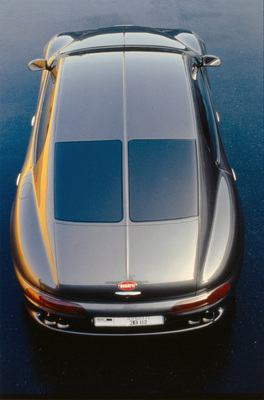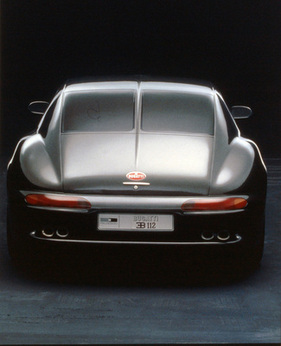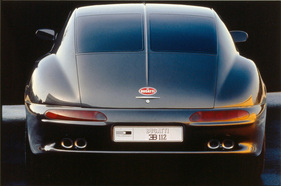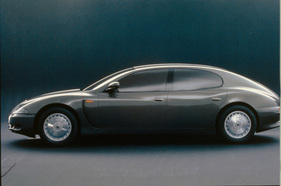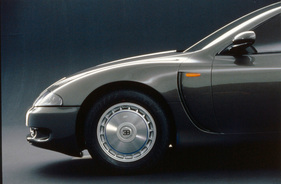Bugatti EB 112 - hapless pioneer
Summary
The modern Bugatti has the engine in front of the rear axle. This has been the case since the early nineties and applies to series production vehicles. But as early as 1993, a four-door saloon with a front mid-engine was shown at the Geneva Motor Show, which almost went into production. But it was not to be. The successors, of which there were several, were also unsuccessful. This report tells the story of the Bugatti EB 112 and shows it in many historical photographs.
This article contains the following chapters
- Predecessors from different eras
- Collaboration with Giugiaro
- Aluminum and carbon fibre
- A reversed EB 110
- Comfort, especially at the rear
- Presentation in Geneva
- A sports car for the whole family
- Early end
- Three cars?
- Not the last saloon attempt
Estimated reading time: 11min
Preview (beginning of the article)
Four-door luxury sedans with a sporty character have been around for almost as long as the automobile, but most attempts to create superlatives have failed. Romano Artioli set out in the early nineties to change this and establish the ultimate four-door. He almost succeeded. Although Ettore Bugatti primarily caused a sensation with his fast and competitive sports cars, the rich and powerful of this world were still his favorite customers. In the late 1920s, he developed the Type 41 for them, known today primarily as the Bugatti Royale. Ettore's car failed commercially with only seven units built, but he was able to use the monumental 12.7-liter inline eight-cylinder engine in his express train design for the SNCF.
Continue reading this article for free?
Photos of this article











